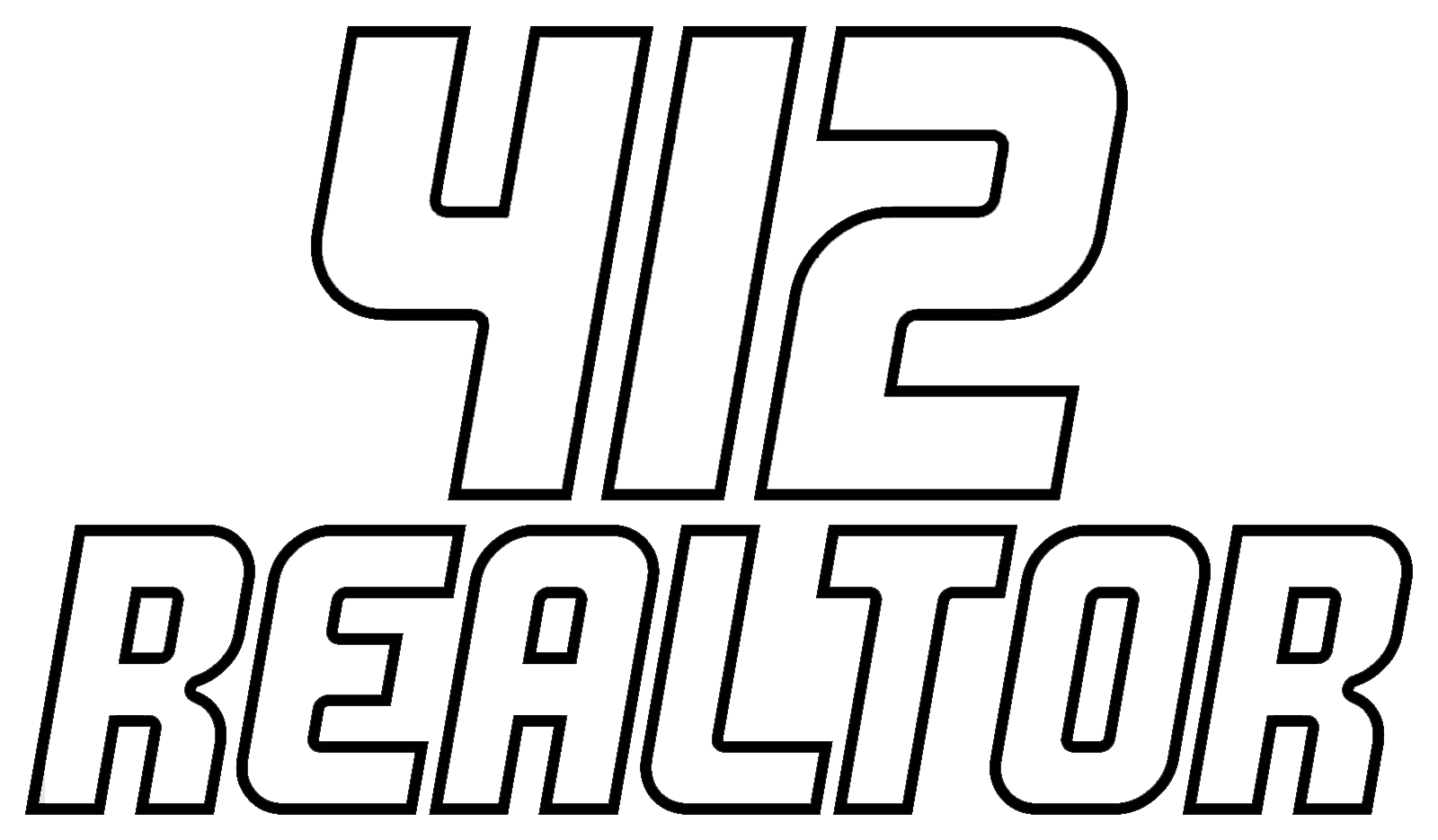When it comes to purchasing a home, many factors come into play—location, price, size, and the overall housing market. But one critical factor that can significantly impact your decision-making process is interest rates. In this blog post, we’ll explore how interest rates affect home buying, providing insights into why you should pay attention to them when planning your real estate investment.
What Are Interest Rates?
Interest rates are the percentage charged by lenders for borrowing money. When you take out a mortgage, you are borrowing money to purchase a home, and the lender charges interest on the amount you borrow. This interest rate will determine how much you pay over the life of your loan. Mortgage interest rates can fluctuate based on several factors, including the overall economy, inflation, and decisions made by central banks.
How Do Interest Rates Impact Home Buying?
1. Monthly Mortgage Payments
The most immediate effect of interest rates on home buying is on the monthly mortgage payment. When interest rates are low, your monthly payment for the same loan amount will be lower. Conversely, when interest rates are high, your monthly payment will be significantly higher, even if the loan amount and the property price remain the same.
For example, let’s consider two buyers purchasing a home worth $300,000. If the interest rate is 3%, their monthly mortgage payment (assuming a 30-year fixed mortgage) would be around $1,264. However, if the interest rate rises to 6%, their payment increases to around $1,798. That’s a difference of over $500 per month, which can be a deal-breaker for some buyers.
2. Loan Affordability
Interest rates directly affect how much you can afford to borrow. When rates are low, you may qualify for a larger loan, allowing you to purchase a more expensive home. However, if rates increase, your purchasing power decreases because your monthly payment will be higher. For example, at a higher interest rate, a borrower who could afford a $350,000 home might only be able to afford a $275,000 home instead.
3. Total Cost of the Loan
While the monthly payment may seem manageable, the total cost of the loan over time can vary significantly depending on the interest rate. A lower interest rate means you’ll pay less in interest over the life of the loan. For example, a 30-year fixed mortgage on a $300,000 home at a 3% interest rate will cost you $131,000 in interest over the life of the loan. At a 6% interest rate, the same loan will cost you over $215,000 in interest. This can add up to a substantial difference in the total price you pay for your home.
4. Homebuyer Sentiment and Market Conditions
Interest rates also influence the overall mood of the housing market. When interest rates are low, more people can afford to buy homes, which increases demand. This demand can drive up home prices, particularly in competitive markets. Conversely, when interest rates rise, fewer buyers may be able to afford homes, leading to lower demand and potentially cooling off the housing market.
Additionally, rising interest rates can cause buyers to hesitate or delay their purchase, waiting for better conditions. This shift in buyer sentiment can have ripple effects throughout the real estate market, impacting sellers and home prices.
5. Refinancing Opportunities
For homeowners, interest rates not only affect the cost of buying a new home but also refinancing an existing mortgage. If rates are low, homeowners may choose to refinance to lock in a lower interest rate and reduce their monthly payments or shorten their loan term. On the other hand, when interest rates are high, refinancing may become less attractive because the savings wouldn’t be significant enough to warrant the cost of refinancing.
How Can You Prepare for Fluctuating Interest Rates?
1. Get Pre-approved for a Mortgage
One way to protect yourself from rising interest rates is to get pre-approved for a mortgage before starting your home search. A pre-approval letter locks in a loan amount, interest rate, and terms, which can help you avoid any surprises if rates increase during the home-buying process.
2. Consider Adjustable-Rate Mortgages (ARMs)
If you’re planning to stay in the home for only a few years, you may want to consider an adjustable-rate mortgage (ARM). ARMs usually offer lower initial interest rates, which can save you money in the early years of your mortgage. However, it’s important to understand that the rate can increase after a set period, so it’s essential to be prepared for potential future increases.
3. Monitor the Market and Work with a Professional
Interest rates are closely tied to economic conditions and central bank policies, which can be difficult to predict. Keep an eye on interest rate trends, and work with a real estate agent and a mortgage broker who can provide guidance on the best time to buy based on current rates.
Conclusion
Interest rates play a vital role in determining the affordability of a home and the total cost of homeownership. Whether you’re a first-time homebuyer or looking to refinance, understanding how interest rates affect home buying can help you make informed decisions. By staying informed, planning ahead, and working with professionals, you can navigate the fluctuating interest rate environment and find the right home for you.




